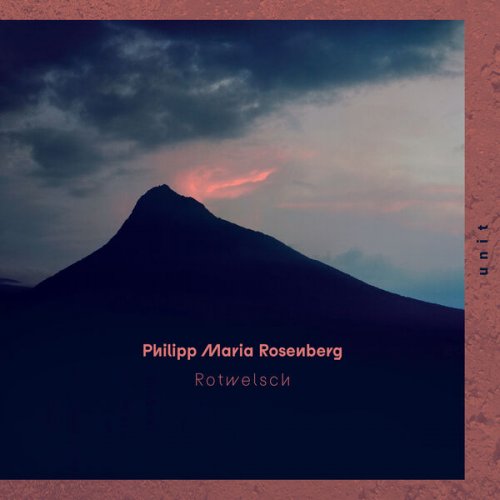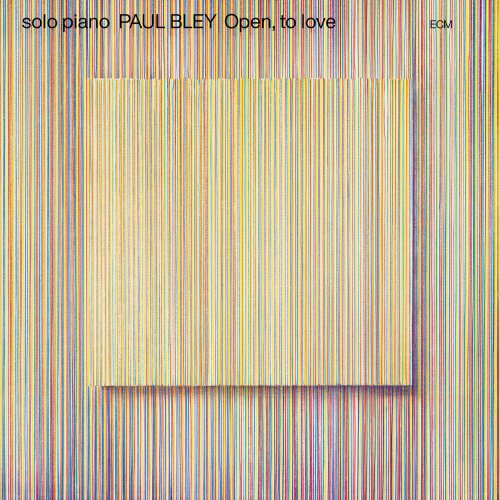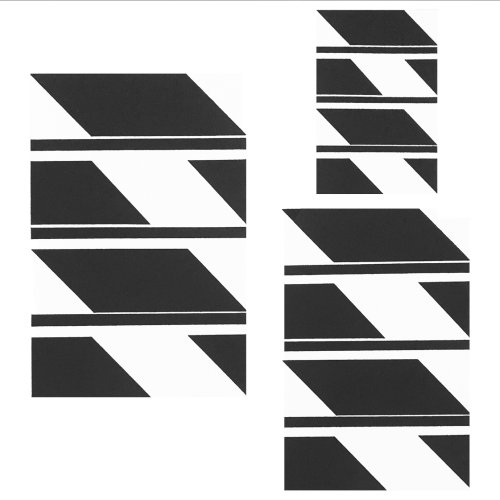Trio X of Sweden - Träumerei (2015)
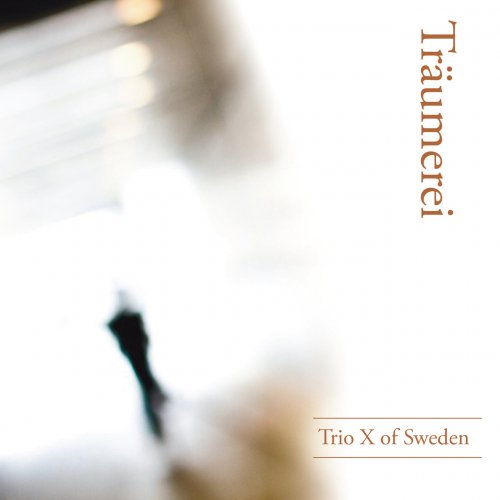
Artist: Trio X of Sweden
Title: Träumerei
Year Of Release: 2015
Label: Prophone
Genre: Classical, Jazz
Quality: FLAC (tracks) / MP3 320 Kbps
Total Time: 01:00:47
Total Size: 377 Mb / 154 Mb
WebSite: Album Preview
Tracklist: Title: Träumerei
Year Of Release: 2015
Label: Prophone
Genre: Classical, Jazz
Quality: FLAC (tracks) / MP3 320 Kbps
Total Time: 01:00:47
Total Size: 377 Mb / 154 Mb
WebSite: Album Preview
1. Träumerei (From Kinderscenen Op 15)
Written-By – Robert Schumann
2. Vid Frösö Kyrka / At Frösö Church (From Frösö Flowers)
Written-By – Wilhelm Peterson-Berger
3. Sound The Trumpet, Beat The Drum (Welcome Ode For James II)
Written-By – Henry Purcell
4. Aria (From The Goldberg Variations)
Written-By – Johann Sebastian Bach
5. Promenade (From Pictures At An Exhibition)
Written-By – Modest Musorgskij
6. Moonlight Sonata (Sonata No 14 Op 27, 1st movement)
Written-By – Ludwig van Beethoven
7. Roslagsvår / Swedish Polka
Written-By – Hugo Alfvén
8. Boléro
Written-By – Maurice Ravel
9. Largo (From Preludes Op 28)
Written-By – Frédéric Chopin
10. Lacrimosa (From Requiem K 626) / Drick Ur Ditt Glas (Epistel No 30)
Written-By [Drick Ur Ditt Glas] – Carl Michael BellmanWritten-By [Lacrimosa] – Wolfgang Amadeus Mozart
11. Air (From Orchestral Suite No 3 BWV 1068)
Written-By – Johann Sebastian Bach
"Traumerei" is a German word that means daydream or reverie. It is the title song on this eleven track CD by Trio X of Sweden. It is also a perfect description of the music herein, played lovingly by Lennart Simonsson on piano, Per V Johansson on bass, and Joakim Ekberg on drums. "Traumerei" (Prophone 2012). On the subdued pieces the drumming is subtle even as it measures the beat, and provides nice touches of color particularly with the brushes. A lot of the slower songs fit into the chamber jazz category, lovely and ethereal. But there are also some quiet pieces with a swing beat, and definitely upbeat tunes as well.
So who composed these eleven set pieces? How about Robert Schumann for the title song, and then names like Henry Purcell, J.S. Bach, Modest Musorgkij, Ludvig van Beethoven, Maurice Ravel, Frederic Chopin, and Wolfgang Amadeus Mozart? Familiar all, but not exactly your typical jazz composers. No, this is a set of eleven classical songs, some recognizable to the average listener and others not so much, used as the basis for some really nice jazz trio play. While classical music lovers might be upset with the liberties taken by the trio, jazz folks should be enthused by the creativity and sound.
"Traumerei" starts the CD off with a soulful tune supported by a quiet and constant drum beat and soft snare play. It's a great introduction to the light touch of Simonsson and the delicate interplay with his partners. The bass underneath emerges mid-song with a strong counter melody and demonstration of some fast fingers and sympathetic ears and takes control of the melody for a while. "Purcell's "Sound the Trumpet, Beat the Drum" starts with a lively walking bass, a syncopated piano melody and some strong brush support and never let's up. The combination of the three players contributes to a highly propulsive song that continues to pick up with the piano part swinging more and more as the piece progresses. It is immediately followed by a charming piece, "Aria" from Bach's Goldberg Variations that is played realtively straight by the piano and bass in tandem, with brushwork underneath.
Later, "Bolero" by Ravel begins with the bass taking the lead, followed by the piano, with a strong drum maintaining and gradually increasing the tempo and dynamics. The bass is a constant as well underneath, and while the piece never moves far from the structure of the original, it is clearly a jazzed version, exciting, colorful and cleverly played. "Largo" by Chopin is quiet, with a touching piano melody accompanied by brushed drumming and a modest beat. The bass part is played equally quietly but is there in the background playing a counter melody to fill out the sound. On "Roslagvar/Swedish Polka" the group moves into mainstream jazz with a lively swing beat and livelier drum play. The percussion is perfectly attuned to the tempo and dynamics of the piano as it moves through the melody, providing a much more solid, jazzy base with more cymbal crashes and drum rolls.
All in all this is a pleasure to listen to, a set of eleven pieces of varying tempos and mood, underpinned by classical tunes which are cleverly converted to a set of contemporary jazz.
So who composed these eleven set pieces? How about Robert Schumann for the title song, and then names like Henry Purcell, J.S. Bach, Modest Musorgkij, Ludvig van Beethoven, Maurice Ravel, Frederic Chopin, and Wolfgang Amadeus Mozart? Familiar all, but not exactly your typical jazz composers. No, this is a set of eleven classical songs, some recognizable to the average listener and others not so much, used as the basis for some really nice jazz trio play. While classical music lovers might be upset with the liberties taken by the trio, jazz folks should be enthused by the creativity and sound.
"Traumerei" starts the CD off with a soulful tune supported by a quiet and constant drum beat and soft snare play. It's a great introduction to the light touch of Simonsson and the delicate interplay with his partners. The bass underneath emerges mid-song with a strong counter melody and demonstration of some fast fingers and sympathetic ears and takes control of the melody for a while. "Purcell's "Sound the Trumpet, Beat the Drum" starts with a lively walking bass, a syncopated piano melody and some strong brush support and never let's up. The combination of the three players contributes to a highly propulsive song that continues to pick up with the piano part swinging more and more as the piece progresses. It is immediately followed by a charming piece, "Aria" from Bach's Goldberg Variations that is played realtively straight by the piano and bass in tandem, with brushwork underneath.
Later, "Bolero" by Ravel begins with the bass taking the lead, followed by the piano, with a strong drum maintaining and gradually increasing the tempo and dynamics. The bass is a constant as well underneath, and while the piece never moves far from the structure of the original, it is clearly a jazzed version, exciting, colorful and cleverly played. "Largo" by Chopin is quiet, with a touching piano melody accompanied by brushed drumming and a modest beat. The bass part is played equally quietly but is there in the background playing a counter melody to fill out the sound. On "Roslagvar/Swedish Polka" the group moves into mainstream jazz with a lively swing beat and livelier drum play. The percussion is perfectly attuned to the tempo and dynamics of the piano as it moves through the melody, providing a much more solid, jazzy base with more cymbal crashes and drum rolls.
All in all this is a pleasure to listen to, a set of eleven pieces of varying tempos and mood, underpinned by classical tunes which are cleverly converted to a set of contemporary jazz.
![José Burdiles - Burdiles (2025) [Hi-Res] José Burdiles - Burdiles (2025) [Hi-Res]](https://www.dibpic.com/uploads/posts/2025-12/1764929470_w2gwzm2apvwoc_600.jpg)
![Laura Camacho Tango Project - Todo Tiempo Pasado (2025) [Hi-Res] Laura Camacho Tango Project - Todo Tiempo Pasado (2025) [Hi-Res]](https://www.dibpic.com/uploads/posts/2025-12/1764580104_a3733137322_10.jpg)
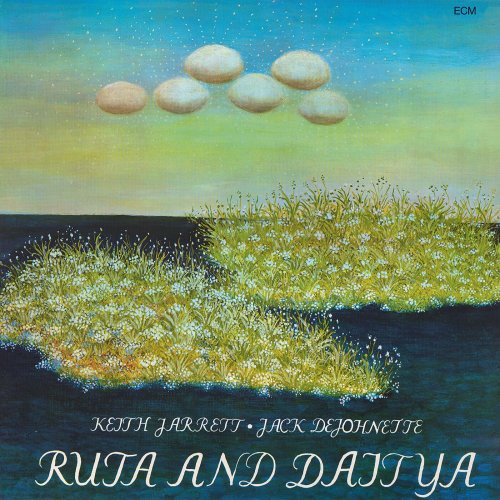
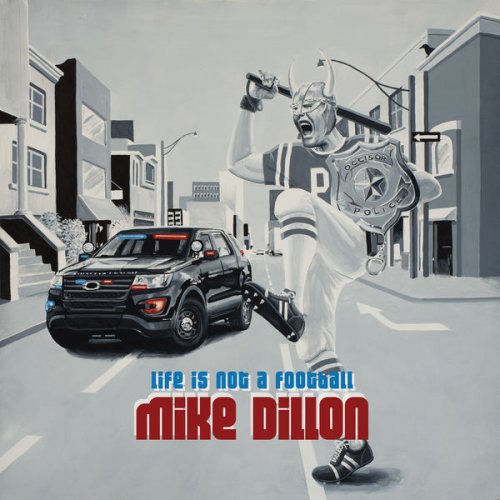
![Wojtek Mazolewski - Solo (2025) [Hi-Res] Wojtek Mazolewski - Solo (2025) [Hi-Res]](https://www.dibpic.com/uploads/posts/2025-12/1764783212_1200x630bb.jpg)

